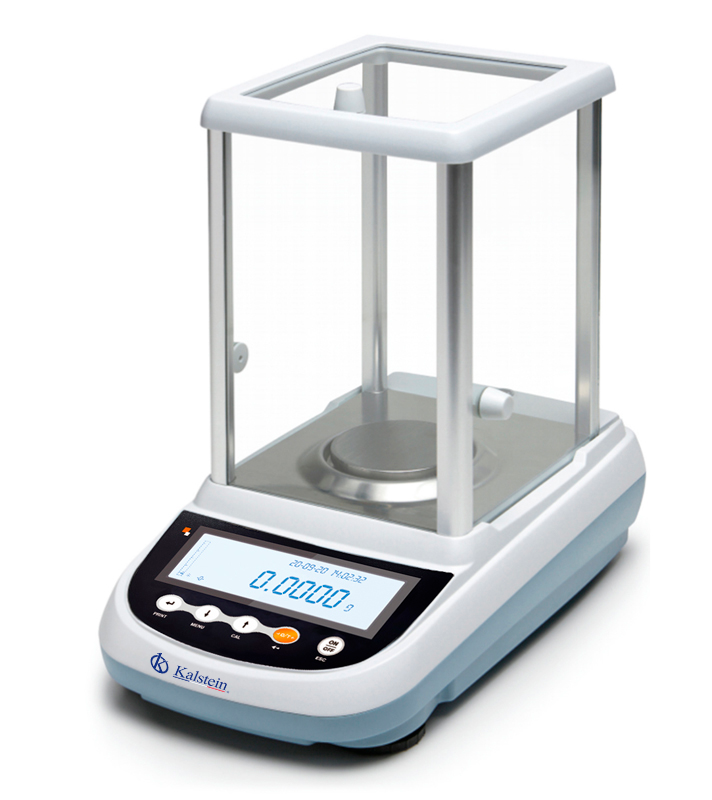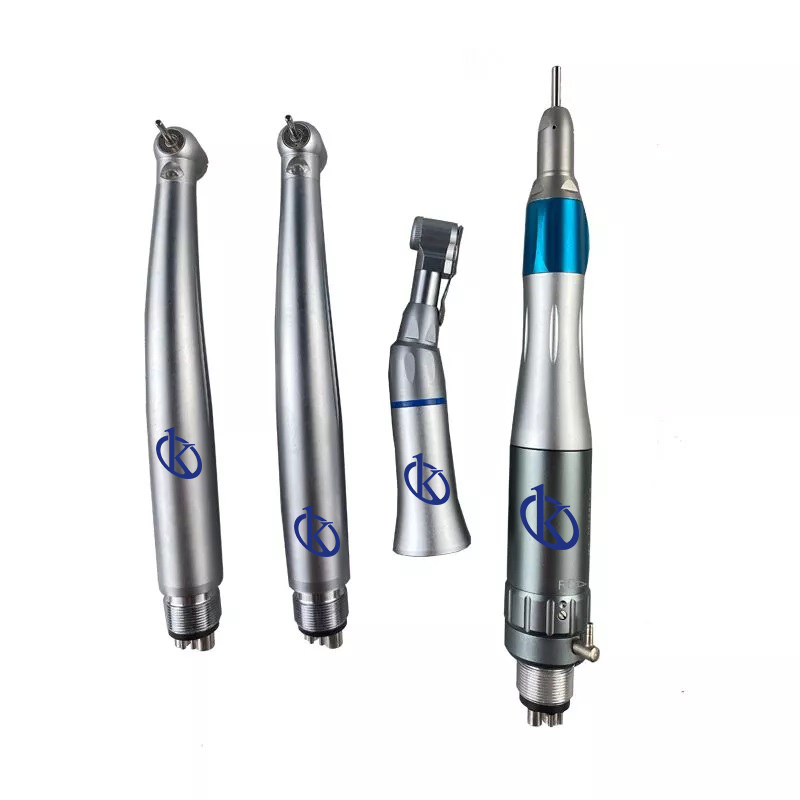Laboratory balances are instruments that allow determining the weight of a body, that is, they are responsible for measuring the mass of a body under a very small range of uncertainty, therefore, they usually offer very precise measurements as a result, so they are essential equipment in analytical, chemical and formulation operations in industries, pharmaceutical laboratories and quality control.
How does a laboratory balance work?
Laboratory balances use the action of gravity to determine mass. They have excellent repeatability and rapid stabilization of the weighing. It consists of a single load receptor (plate) where the object to be measured is deposited. A load cell that measures mass from the force exerted by the body on the load receptor.
Mass measures the amount of material present in a given element, this parameter is independent of its location and remains constant in its surroundings, the kilogram being the International System (SI) unit of mass. While the weight of an object is the gravitational force that is exerted on its mass. The SI unit of weight is the newton.
Classification of laboratory balances
According to their technology, laboratory balances can be classified into two large groups, mechanical and electronic balances, while based on their precision they can be classified into fine precision balances (precision balances) and special precision balances (analytical balances) .
Types of laboratory balances
1.- There are several types of mechanical laboratory balances:
- Single-pan granatataria balance: These scales have a single pan, have movable weights and work by moving weights until they are balanced with the body to be weighed. They are very common in laboratories, as they are faster to operate than two-pan ones. They can be of different models in turn, upper plate, suspended plate, double arm or triple arm.
- Mechanical analytical balance: They are analytical balances based on mechanical principles. It works by comparing masses of known weight with the mass of a substance of unknown weight. It is built based on a symmetrical bar or lever that is supported by a blade-type support at a central point called the fulcrum. At its ends there are stirrups or bushings that are also supported by blades that allow them to oscillate smoothly. Two saucers are suspended from there. In one, the certified masses or weights are placed and in the other those that need to be analyzed. The whole assembly has a securing or locking system that allows the main lever to rest in a stable way when it is not used or when it is necessary to modify the counterweights. It has an external box that protects the balance from interferences, such as air currents, that could arise in the place where it is installed. At present, an analytical balance is considered to be one that can weigh ten thousandths of a gram (0.0001 g) or one hundred thousandths of a gram (0.00001 g); they have a capacity that generally reaches up to 200 grams.
- Cross scale or classic two pan balance: these are classic equal arm scales with two pan that hang at the ends of a rod that rests on its midpoint. The object to be weighed is placed on one of the pans, while the other is placed on standard weights to restore the rod to its equilibrium position. The weighing is carried out by comparing masses, it already balances the weights of both bodies.
Roberval balance: it is a type of granatary balance with two plates.
- Electronic balances: They are weighing instruments whose capacity ranges from one gram to a few kilograms with an accuracy generally of one hundred thousandth of their maximum capacity. The most commonly used are those whose capacity is around 160 to 200 g.
At Kalstein we are MANUFACTURERS and we offer you an excellent range of laboratory balances at the best PRICES on the market. That is why we invite you to take a look HERE




